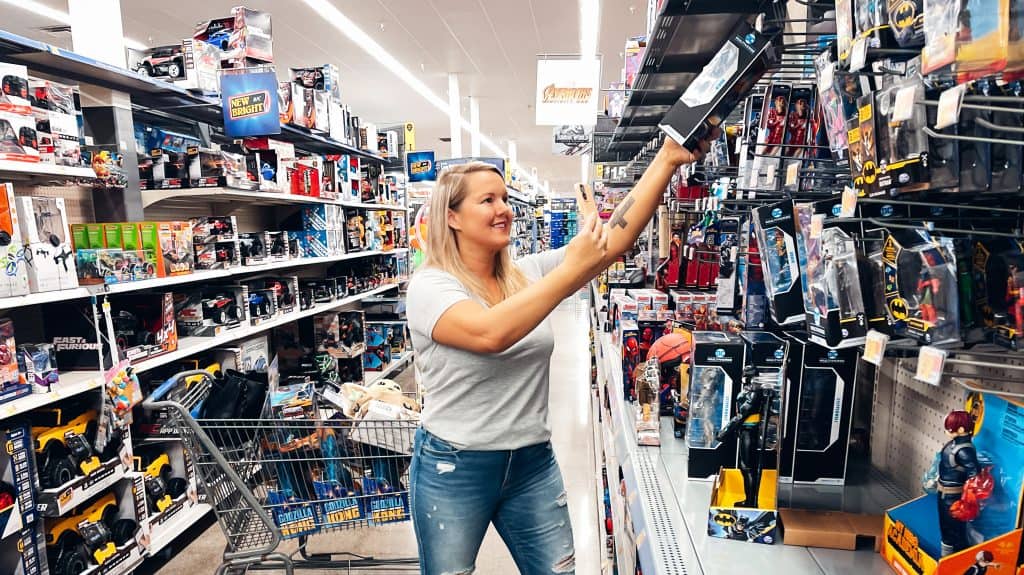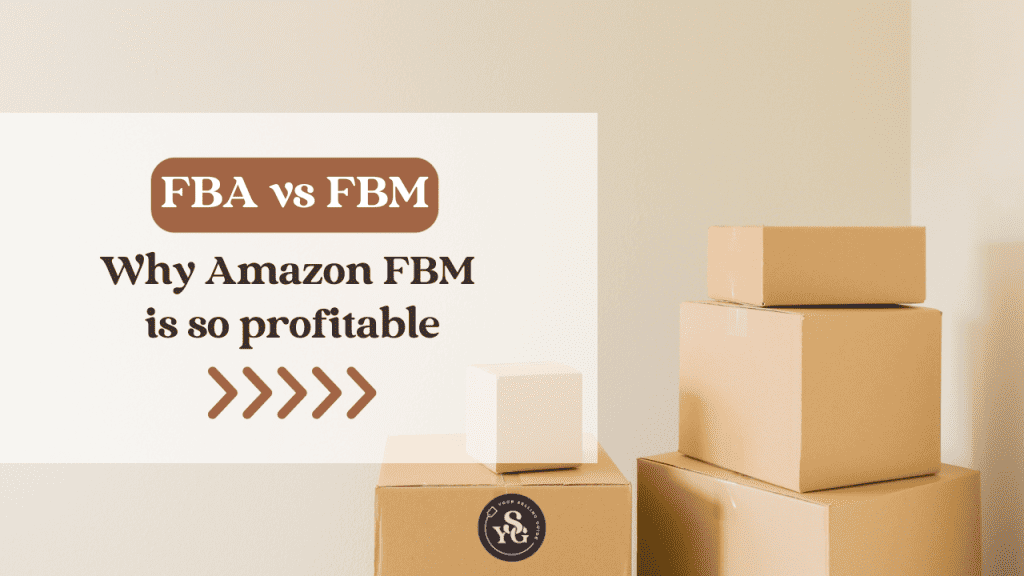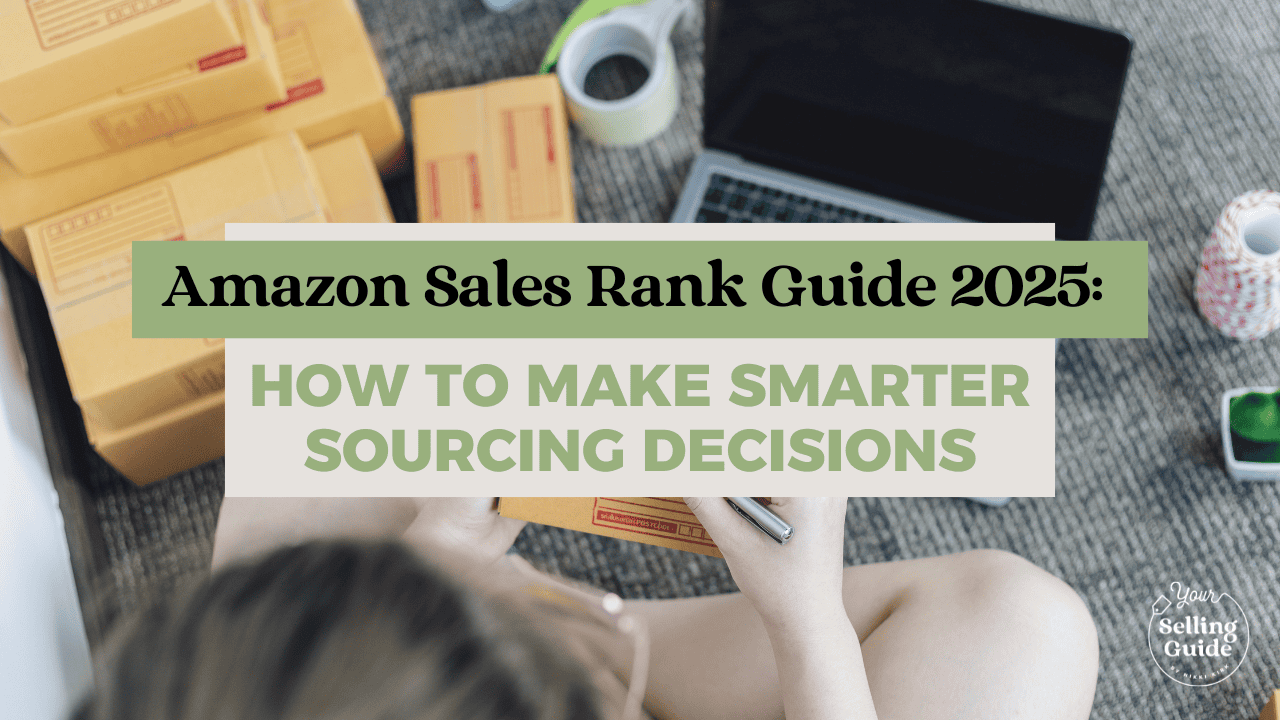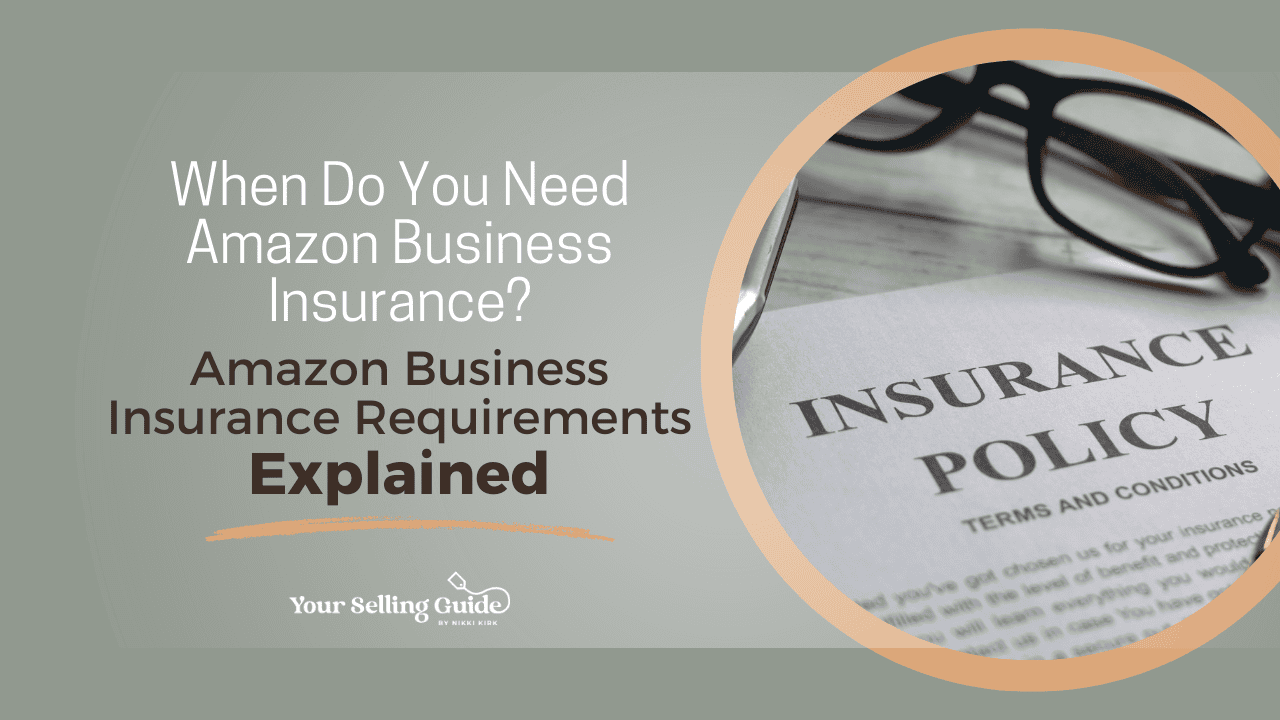Have you wondered about selling on Amazon FBA vs. FBM? Even if you’re already an Amazon seller, it can be scary to start Amazon FBM. I didn’t even try the Amazon merchant fulfilled approach until two years into my Amazon selling journey. The truth is I was intimidated by Amazon FBM! Now, I believe every retail arbitrage seller should be utilizing Amazon FBM.
Need more convincing? When you compare Amazon FBA vs. FBM, here are 6 reasons FBM is often more profitable.
What is FBM Amazon?
Amazon FBM stands for “Fulfilled By Merchant.” That means the customer purchases the product through Amazon, but you, the seller, pack and ship the individual orders to the buyer directly.
Comparing Amazon FBA vs. FBM, “Fulfilled By Amazon” means you ship all your products to the Amazon warehouse. Amazon then manages the storage, shipping, and customer service whenever an order comes in.
Obviously, Amazon FBM is a little more work, but it pays off. If you want to learn the details about managing Amazon merchant fulfilled orders, a good place to start is my Beginner FBA course. I will walk you through choosing between Amazon FBA vs. FBM for each product and provide step-by-step instructions for packaging and sending FBM products.
#1: Amazon FBA vs. FBM Fees
When you compare Amazon FBA vs. FBM, the Amazon FBM fees are much lower.
Amazon FBA has two types of fees. The first is a referral fee: the cost of leveraging Amazon’s technology, customers, and marketing to sell on their platform. The second fee is a pick & pack fee, which covers the shipping and handling from the Amazon warehouse to the customer.
Amazon FBM only has a referral fee. The pick and pack fee does not apply because you are handing the shipping and customer service yourself.
Here’s an example of Amazon FBA vs. FBM fees: A lightweight item sells on Amazon for $17.69. The referral fee is $2.65 + pick & pack fee of $3.96 = $6.61 total fees. The same product via FBM only has the $2.65 referral fee, so fewer fees will cut into your bottom line.
Lower fees are even more relevant in 2022 because Amazon recently raised the FBA selling fee by 5% due to increased fuel costs. FBA fees may continue to rise in the future, so it’s worth exploring avenues to reduce them.
#2: Amazon FBM For Meltable Inventory
What is meltable inventory? During the summertime, the temperatures rise in Amazon warehouses, so some items, such as candy, chocolate, vitamins, protein bars, etc., are in danger of melting. Therefore, Amazon doesn’t allow FBA sellers to send “meltable” product during these hot months in order to avoid the liability for damage to these itemd.
Therefore, the prices for Amazon FBM meltable products skyrocket during the summer. Usually, individual grocery products aren’t profitable for FBM. However, bundle listings for meltable grocery items may have higher margins for FBM sellers. Try scanning these meltable items during your next sourcing trip.
#3: Speed of Sale For Amazon FBA vs. FBM
There is a dramatic difference in speed of sale for Amazon FBA vs. FBM. When you sell via FBA, the item isn’t available to sell until the inventory is shipped to Amazon, checked in, and FC transferred. This FBA process can sometimes take weeks.
Conversely, you can list an Amazon FBM item immediately. I have literally listed FBM products in the store while I was sourcing and the item sold before I even checked out. High-demand, hard-to-find items sell fast on Amazon FBM, which allows you to make higher profits more quickly.
#4: Risk Level For Amazon FBA vs. FBM
Another perk of Amazon FBM is it is less risky for retail arbitrage. It is effortless to list Amazon FBM items, then simply return the product if it doesn’t sell.
Comparing the same scenario Amazon FBA vs. FBM, if an FBA product isn’t selling, you will have to pay to ship the item to the Amazon warehouse, wait to see if it sells, and pay to have the item returned to you if it doesn’t. The product will often come back in worse condition, making it difficult to return.
Some retail arbitrage finds carry more risk. For example, if Amazon itself is on the listing, if there’s potential for the price to tank, or if the product has a high rank. Listing the item as FBM may be a great way to experiment with an item to see if the risk will pay off with profits.

#5: Preparation For Amazon FBM Q4 Profits
Q4 can be an overwhelming season for Amazon sellers. It’s also a great time to make big money on hot ticket items via FBM. You don’t want to struggle to learn the process during the chaos of the holiday season. It’s best to start selling with Amazon FBM now so you can prepare for extra profits at the end of the year.
#6: Less Amazon FBA Prioritization in 2022
Now is the time to start selling with Amazon FBM. As logistics become more challenging for Amazon in 2022, the company is not prioritizing FBA items as much as before. FBM sellers see Amazon giving them the Buy Box more than ever before. That means FBM inventory is flipping more quickly and profitably than in the past.
Ready to Try Selling With Amazon FBM?
Selling with Amazon FBM is as easy as starting. Try listing just one lightweight item that fits in a padded envelope and make a shipping template. Once that product sells, evaluate your shipping template for that item, and list more of that product.
The Amazon FBM process can initially seem overwhelming, but it just takes practice. If you want a step-by-step guide to start faster, and a community of FBM sellers to answer questions and encourage you, my Beginner FBA course will give you a jumpstart.
Video Version: Amazon FBA vs. FBM - Reasons to Be Doing FBM Right Now
You can check out the video version of this post below. If you want to learn more about Amazon FBM, watch one of my older videos, which demonstrates the step-by-step FBM process.




